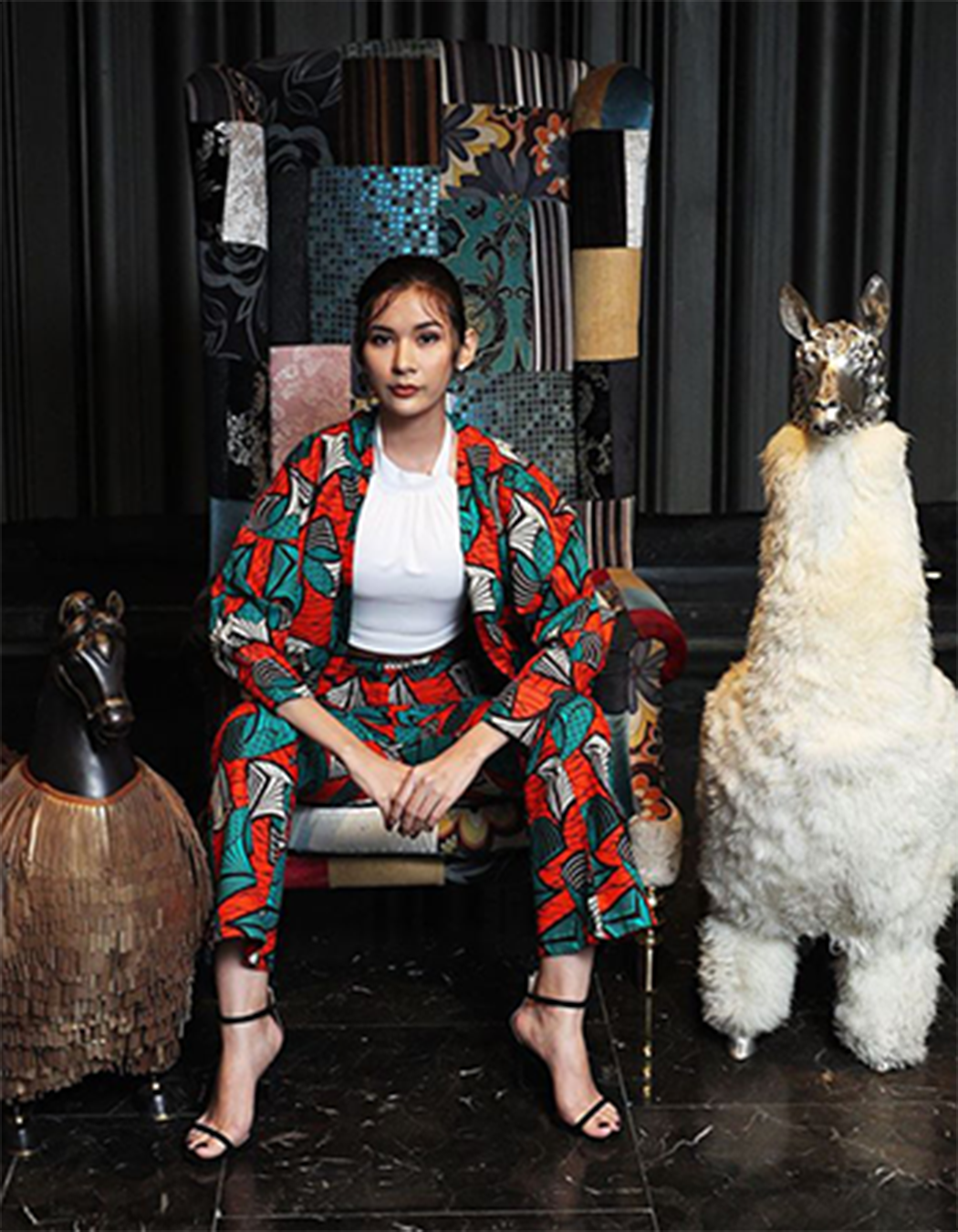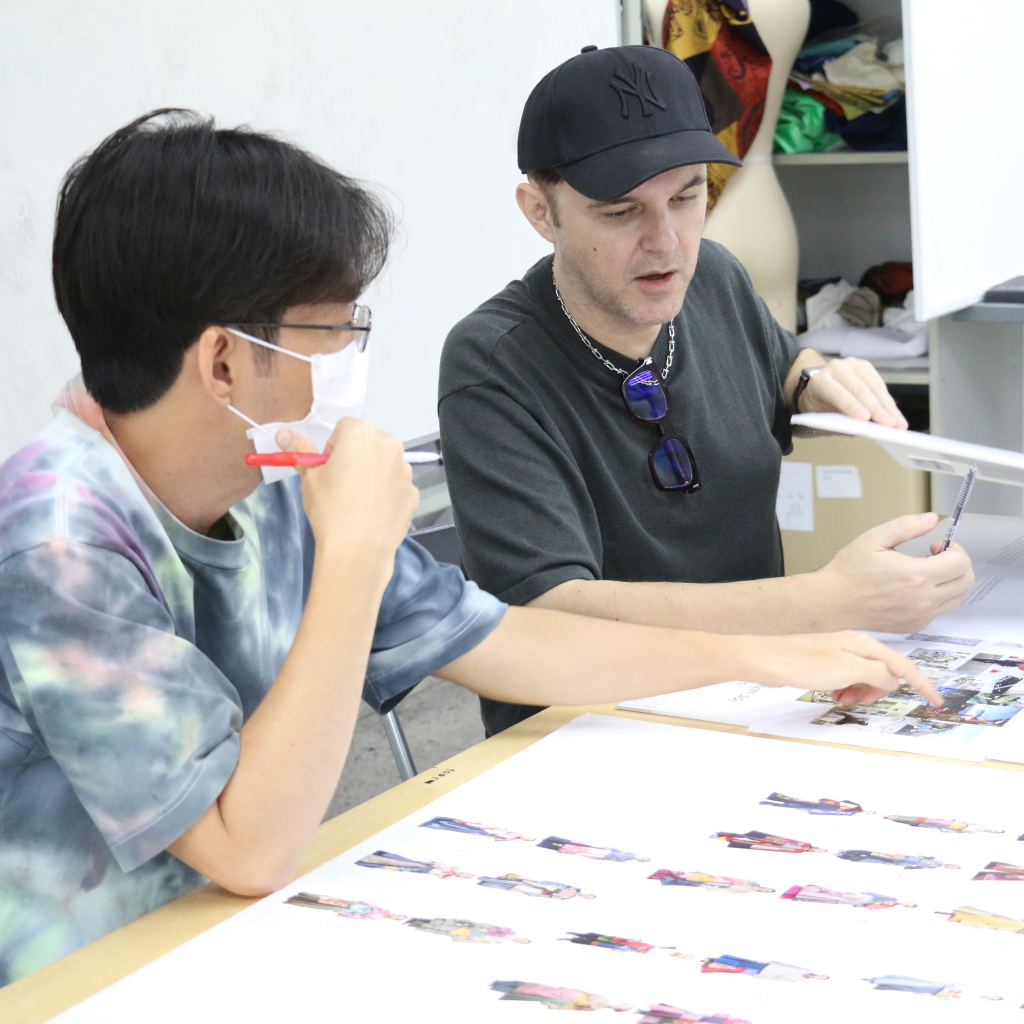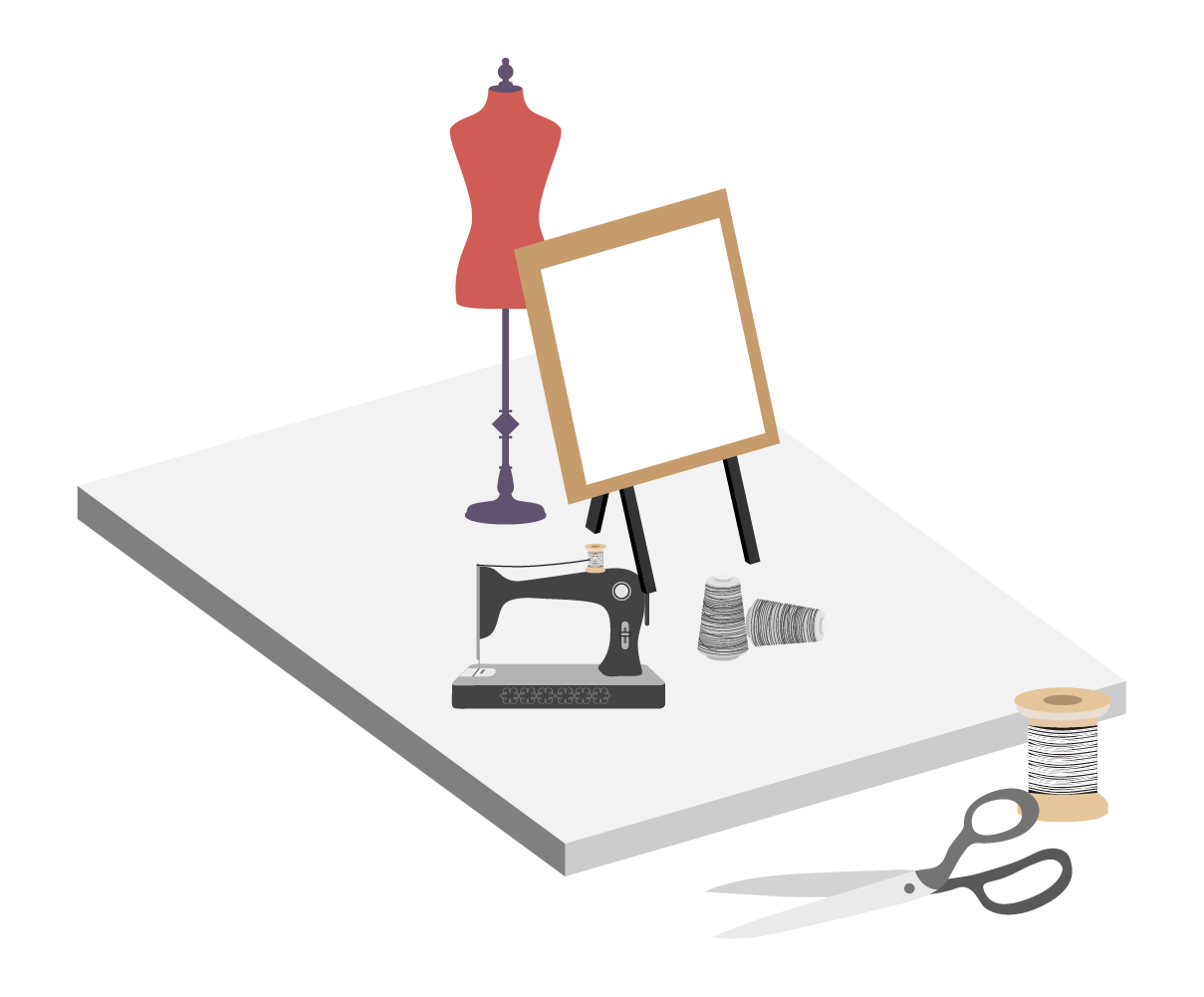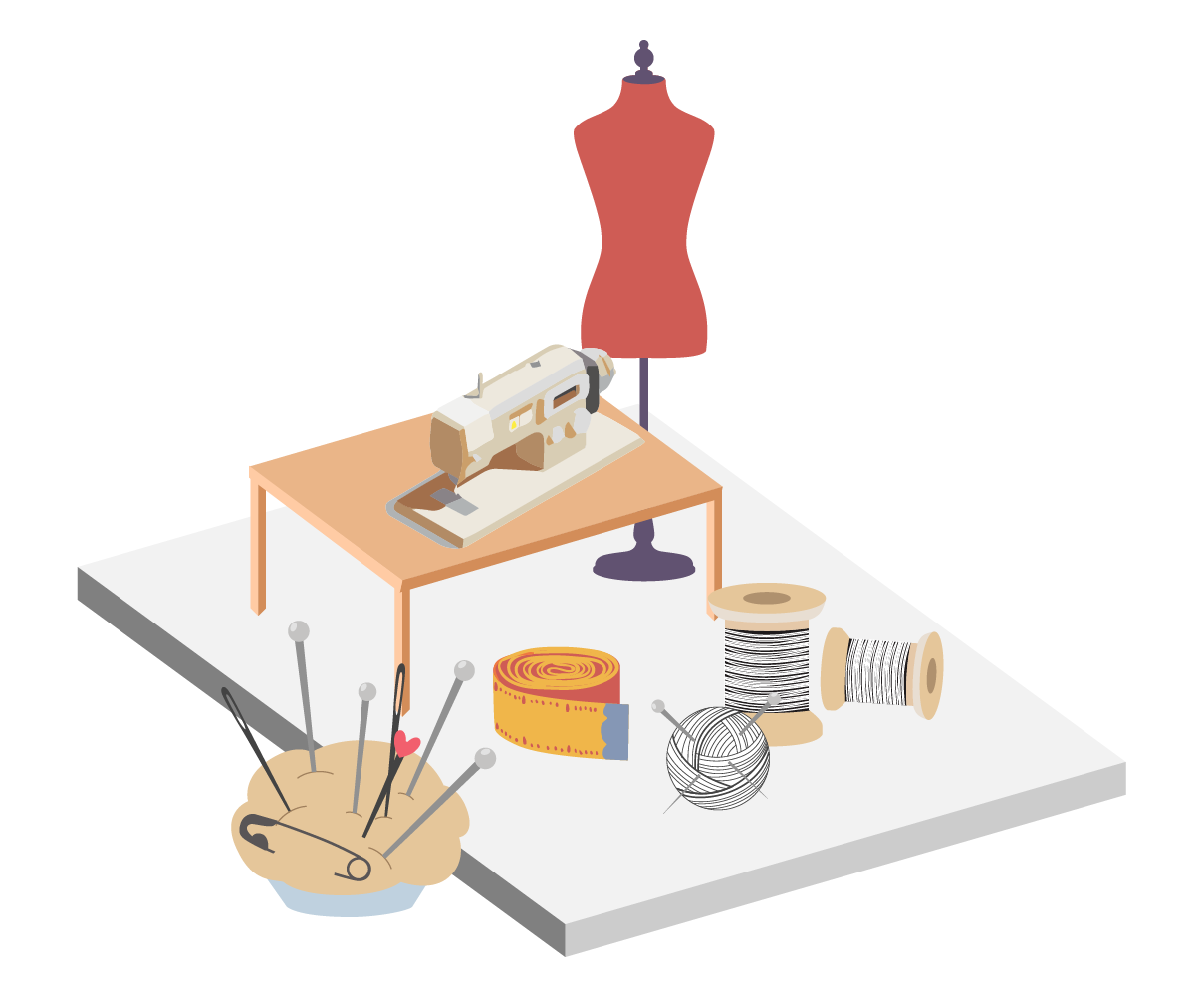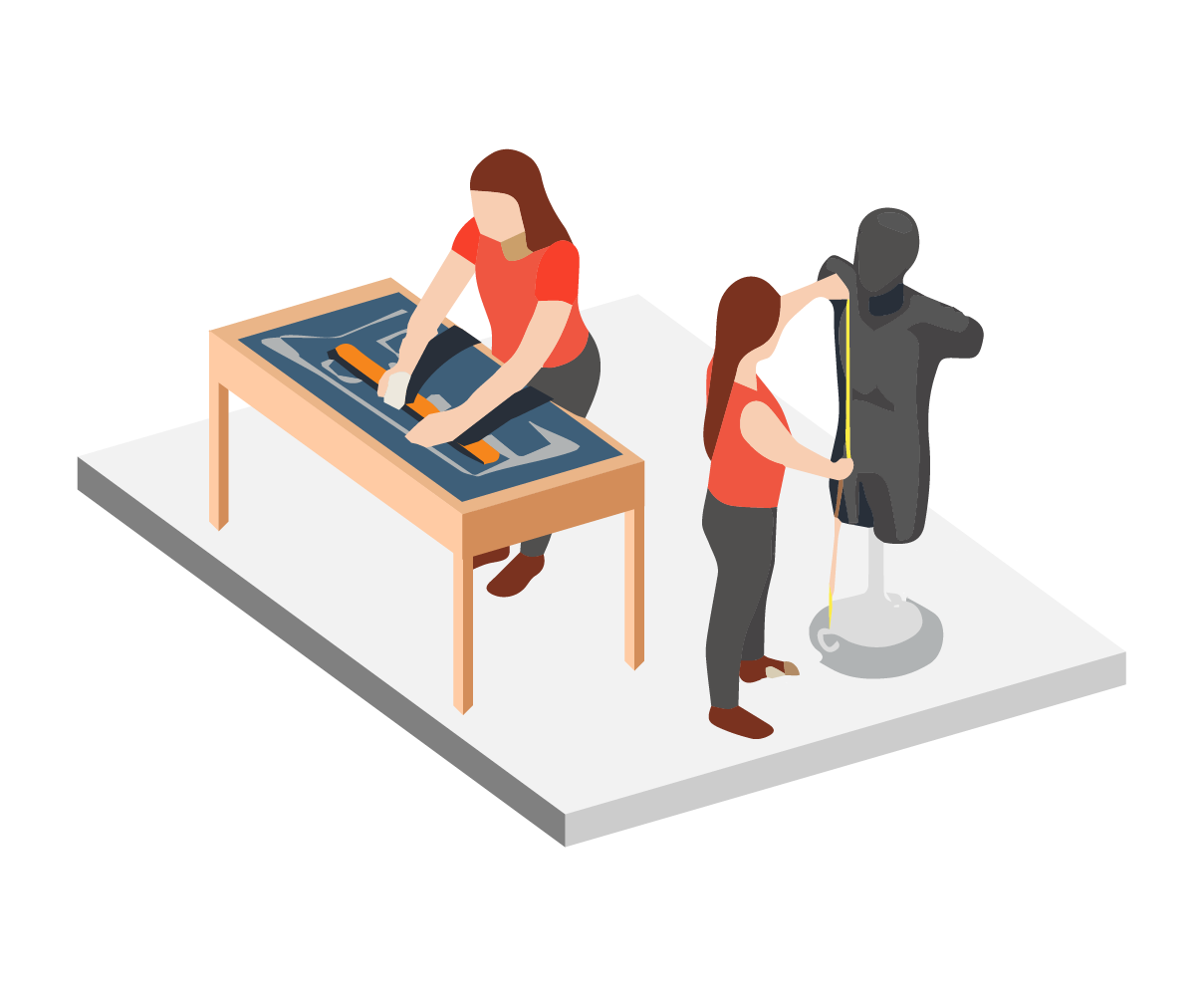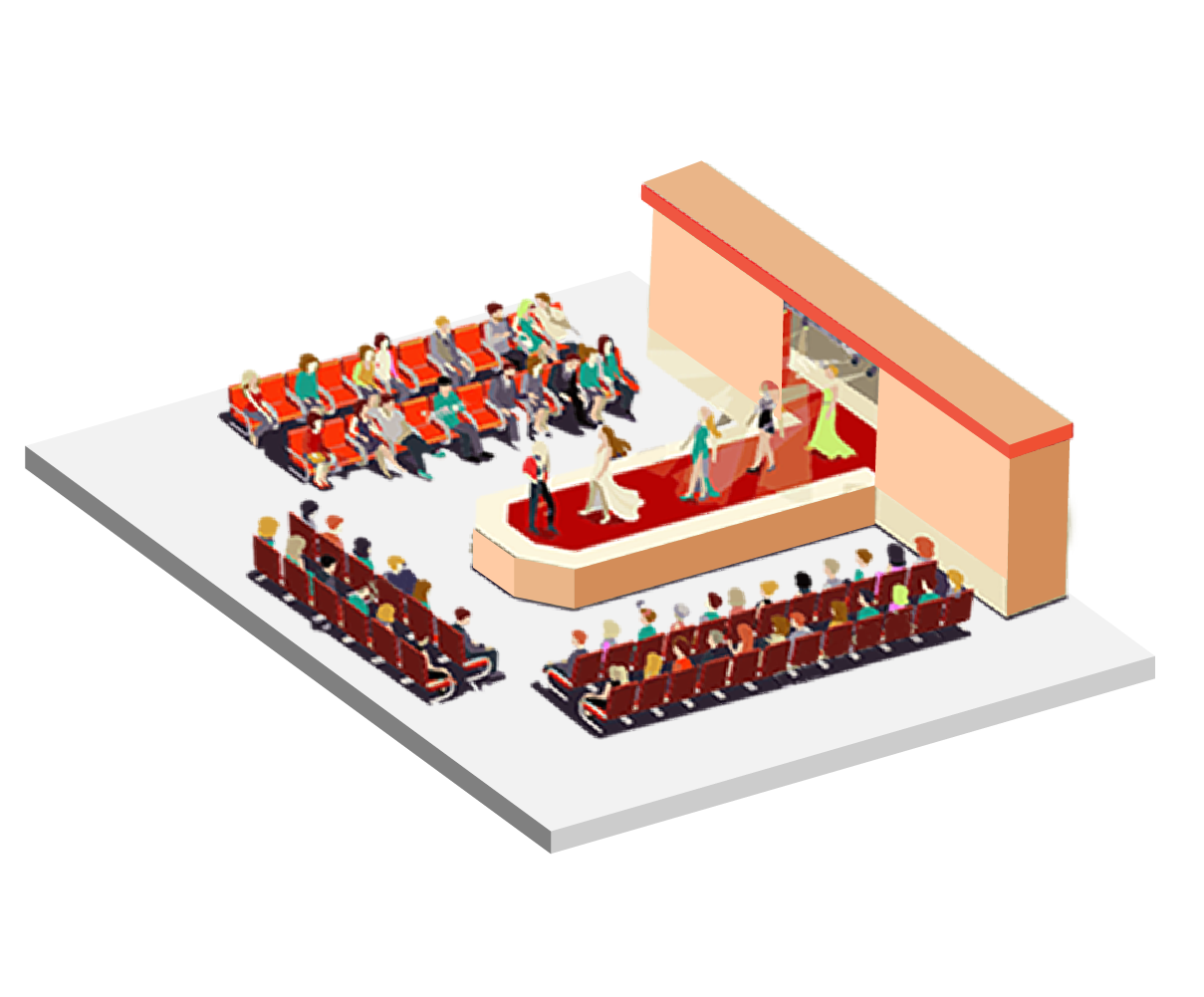ตารางเรียนหลักสูตร
1st SEMESTER (กันยายน – ธันวาคม)
In this course, students will deeply understand the fashion industry’s key players and the various women’s and menswear sectors, such as Pret-a-porter, haute couture, and streetwear. They will learn to create mood boards, sketch technical drawings, and draw inspiration from various sources and design theories. This course is part of the “Materiality and Design with Purpose” pathway, which includes an introduction to craft arts such as batik, silk painting, natural dye and eco print, Shibori, ice dye, and indigo, culminating in a mini-project. The course partially integrates with the Introduction to Pattern Design and Introduction to Tailoring Technique.
This module aims to give students the fundamental skills and knowledge required to draw the human figure within the practice-based studio. Through drawing practical exercises, students will develop an understanding of proportion, composition, and other key elements of figure drawing. In addition, the students will be inducted to hands-on skills in visual art (collage) presentation, text, Photoshop, and InDesign as part of imaging.
This course has a dual focus. The first aspect emphasizes the female body and teaches students how to construct basic patterns based on given measurements. The second part of the course concentrates on style patterns, such as skirts and trousers. It strongly emphasizes the analysis, drafting, development and finishing.
This course delves into the history of Western dress, exploring how fashion reflects society’s socio-political demands within specific periods and locations. By examining clothing and personal artefacts, students will gain a greater understanding of changing aspects of dress from one era to another, considering how various factors such as psychology, conflict, economy, politics, religion, cross-cultural ties, media, and more contribute to and impact the evolution of styles over time. The course also covers the part of the artism. This course is taught through images-based, sound, video and films, text, and discussion-based recitations that will direct on space, time, and object studies.
This course is designed to equip students with the knowledge and skills required to operate industrial sewing machines effectively and apply them in practice. Students will learn to recognize the significance and necessity of diverse sewing techniques for various fabrics and develop the ability to implement them in sample forms. Moreover, the course will introduce students to essential hand-stitching techniques that are commonly used in the industry. The partially practice-based of this course will be focused on the finishing of skirt and trousers making.






